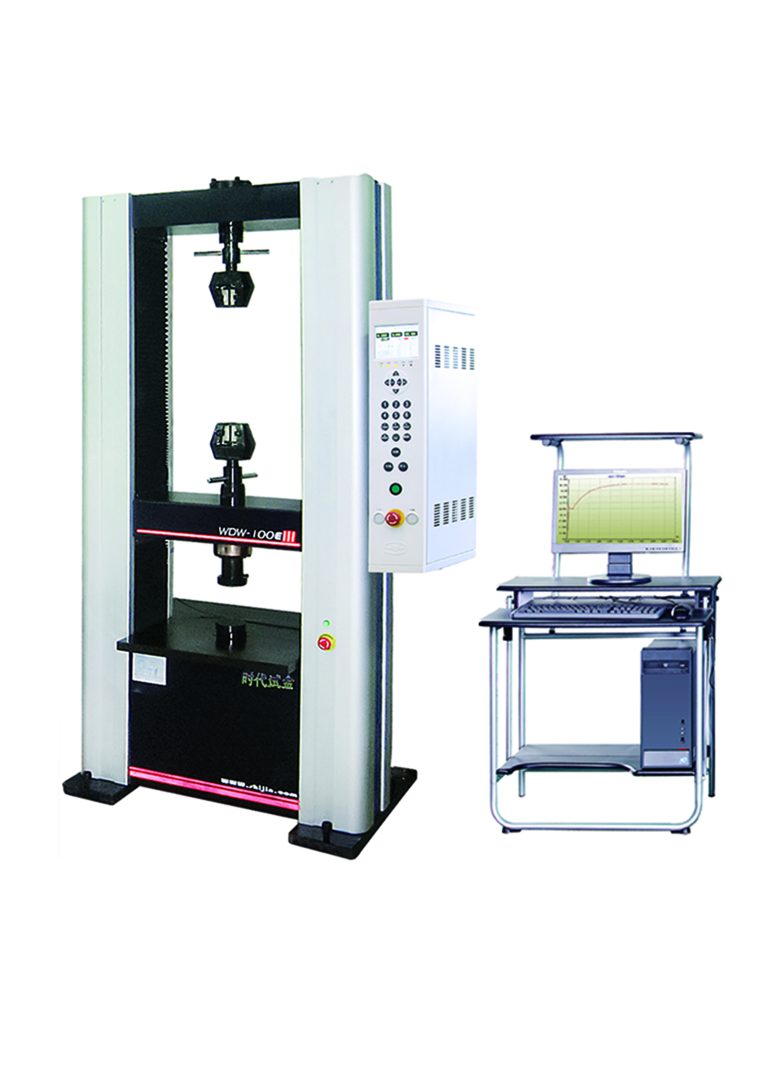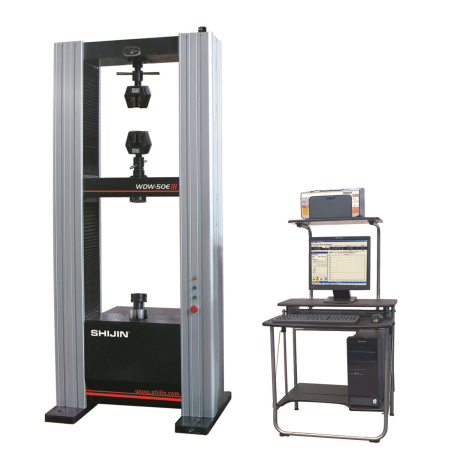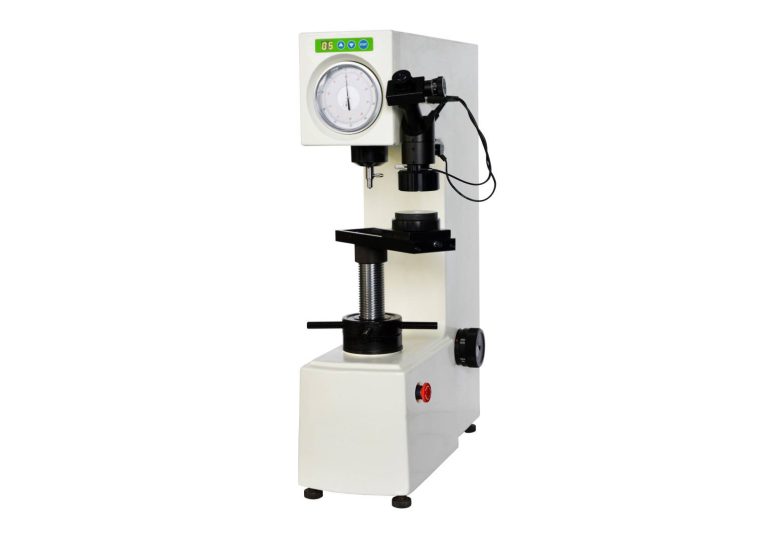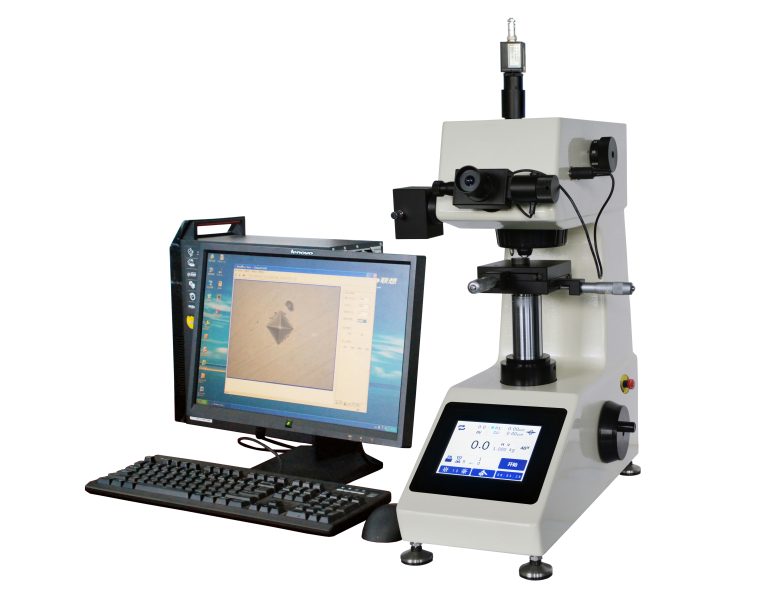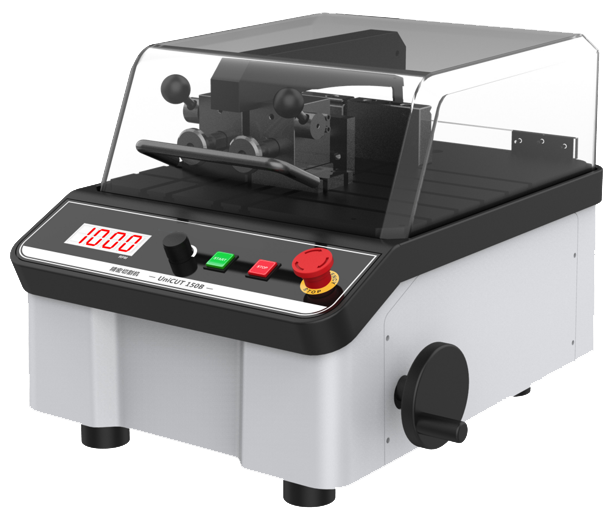Portable Hardness Tester vs. Desktop Hardness Tester
Hardness testers can be divided into two categories: portable hardness testers and desktop hardness testers. They are widely used in industrial quality testing and scientific research.

Here are some examples of the characteristics of these two hardness testers. You can choose according to your own needs. Choose a suitable hardness tester.
- In terms of degrees: the portable hardness tester has a digital LCD display, which can directly read the measured hardness value; most desktop hardness testers have mechanical dials and pointer degrees, which are more troublesome, and they are not accurate and prone to deviation, but now there are also digital displays. Desktop hardness tester, but the price is relatively high
2 Support hardness units: Portable hardness testers support multiple hardness units, such as Brinell, Vickers, Rockwell, Shore, Leeb and other hardness systems; and conversion is possible; desktop hardness testers generally only support one hardness unit, and Unable to achieve conversion - Measuring range and conditions: The portable hardness tester has no shape restrictions on the workpiece to be tested. The shape can be irregular, but the thickness of the measured area is required to be greater than 5mm; the desktop hardness tester has stricter requirements on the workpiece to be tested, and there are opening restrictions first. , generally need to make standard parts and make regular samples. There are certain restrictions on the size of the workpiece to be tested, but it can measure smaller workpieces, which is complementary to the portable hardness tester.
- Machine weight: The portable hardness tester is called a portable hardness tester because it is very light, easy to carry, and can be measured directly on site. Most models are now equipped with a printer, which can print measured values on site; desktop hardness tester The meter is relatively large and weighs approximately 80KG, making it inconvenient to take to the site for measurement.

